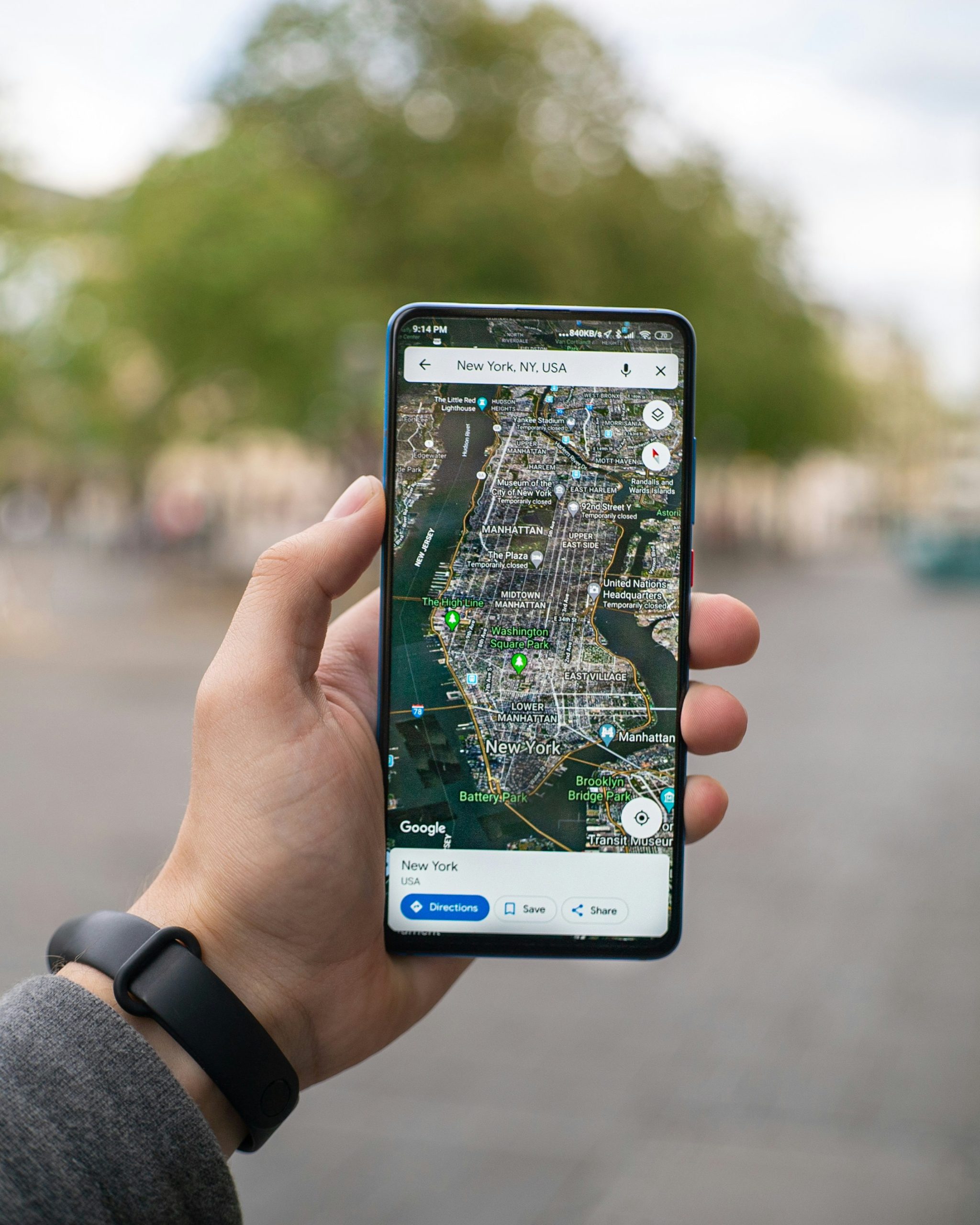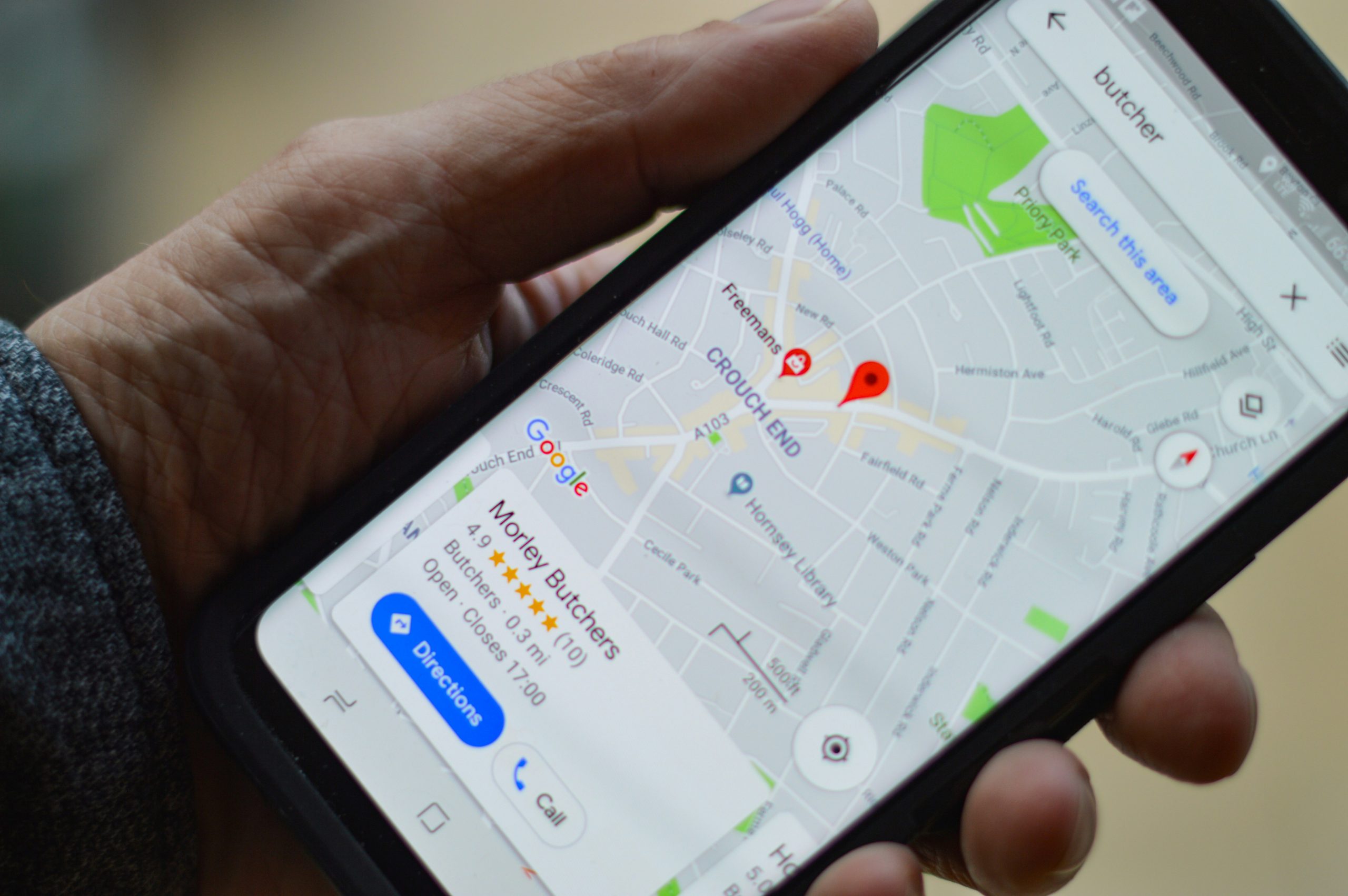Have you ever opened up your Google Maps app, only to find a mysterious dropped pin at a location you have no recollection of marking? It’s like stumbling upon a hidden treasure map in the digital world, sparking curiosity and confusion in equal measure. The phenomenon of discovering random dropped pins on Google Maps is more common than you might think, leaving many users scratching their heads and wondering: Why is this happening? Is it a glitch in the matrix or are there logical explanations behind these enigmatic markers? In this article, we will delve into the intriguing world of dropped pins on Google Maps, unraveling the mysteries behind these unexpected waypoints and shedding light on why they may appear in locations that seem unfamiliar.
Possible Reasons: Location history, shared devices
Location history and shared devices can often lead to unexpected dropped pins on your Google Maps. Your location history may include places you’ve never actually visited but were nearby at some point, leading to confusion when you see unfamiliar locations marked on your map. Additionally, if you share a device with someone else, such as a family member or colleague, their location data may also influence the suggestions and pins that appear on your map. This sharing of devices can create a blend of different location histories and preferences, resulting in dropped pins that don’t align with your personal experiences.
It’s important to consider the implications of these factors when trying to make sense of unknown locations in your Google Maps app. By understanding how location history and shared devices can impact the data presented to you, it becomes easier to decipher the origins of dropped pins and navigate through potentially misleading information. Taking control of these settings and ensuring that only relevant and accurate location data is being used can help reduce the instances of encountering unfamiliar or misplaced markers on your maps, providing a more tailored navigation experience for you.

Third-party Apps: Data sharing concerns
Third-party apps play a significant role in our digital lives, offering convenience and enhanced functionality. However, the issue of data sharing and privacy concerns cannot be overlooked. When we grant permissions to these apps, we often inadvertently allow them access to our personal information, such as location data. This raises questions about how this data is used and shared with other parties without our explicit consent.
Moreover, the practice of selling or sharing user data for targeted advertising or other purposes has become commonplace among third-party app developers. This can lead to situations where your location history is being accessed by multiple entities without your knowledge. As a result, finding unrecognizable dropped pins in Google Maps could be linked to the unauthorized sharing of your data through these third-party apps. It’s essential for users to be vigilant and stay informed about the risks associated with granting permissions to these applications, ensuring their privacy remains protected in an increasingly interconnected digital world.
Google’s Explanation: Accuracy and updates
Google Maps is an ever-evolving tool, constantly updating its database with new information. Dropped pins in unfamiliar locations can often be attributed to the app’s ongoing accuracy improvements. As Google refines its data through user feedback and satellite imagery, these changes can lead to discrepancies in previous pin placements.
It’s essential to understand that technology, though advanced, is not infallible. Factors like GPS signal interference or errors in mapping algorithms can contribute to dropped pins or misidentified locations on Google Maps. To combat this issue, users can provide feedback directly to Google, helping them rectify inaccuracies and enhance the overall user experience of their navigation platform. By participating in this collaborative effort with Google, users play a crucial role in shaping the accuracy and reliability of location services for everyone.

Privacy Concerns: User tracking implications
User tracking has become a ubiquitous practice in the digital age, where our every move online is monitored and analyzed. While this may enhance user experience, it also raises serious privacy concerns. From targeted advertising to personalized recommendations, user tracking implications are vast and often invasive. The dropped pins on Google Maps at unfamiliar locations could be a result of location data being collected without users’ explicit consent.
This lack of transparency in user tracking practices opens the door to potential misuse of personal information. As we navigate through the virtual world, our online activities are recorded and stored, creating a digital footprint that can be exploited by advertisers and even malicious actors. Understanding the implications of user tracking is essential in maintaining control over our own data and privacy. Awareness is key in protecting ourselves from unwanted surveillance and maintaining autonomy in an increasingly interconnected world.
User Control: Managing location data settings
User Control: Managing location data settings plays a crucial role in maintaining privacy and accuracy in online mapping applications like Google Maps. By actively monitoring and adjusting location settings, users can prevent their devices from broadcasting their whereabouts to unknown sources. Being mindful of permission settings for apps that request location data is also essential to avoid unnecessary sharing of personal information.
Furthermore, regularly reviewing location history on your device can help identify any discrepancies or unauthorized access to your location data. It’s important to strike a balance between convenience and privacy by understanding how different applications use and store your location information. Taking proactive measures such as disabling location tracking when not needed or limiting it to specific apps only can enhance security and prevent unexpected scenarios, like finding dropped pins in unfamiliar locations on Google Maps.

Conclusion: Stay informed, protect your privacy
In conclusion, the mystery of dropped pins in Google Maps serves as a stark reminder to stay vigilant about our digital footprint. By staying informed about the privacy features and settings of apps and services we use, we can better protect our personal data from being unknowingly shared or accessed. It’s crucial to regularly review and update these settings to ensure that only necessary information is collected and shared.
Furthermore, understanding how location tracking works and being mindful of the permissions we grant can help us maintain a greater level of control over our privacy. While technology has undoubtedly made our lives more convenient, it also comes with potential risks that require proactive management. By taking steps to safeguard our privacy online, we can enjoy the benefits of digital tools without compromising our personal information or security. Stay informed, stay empowered – your privacy is worth protecting.
